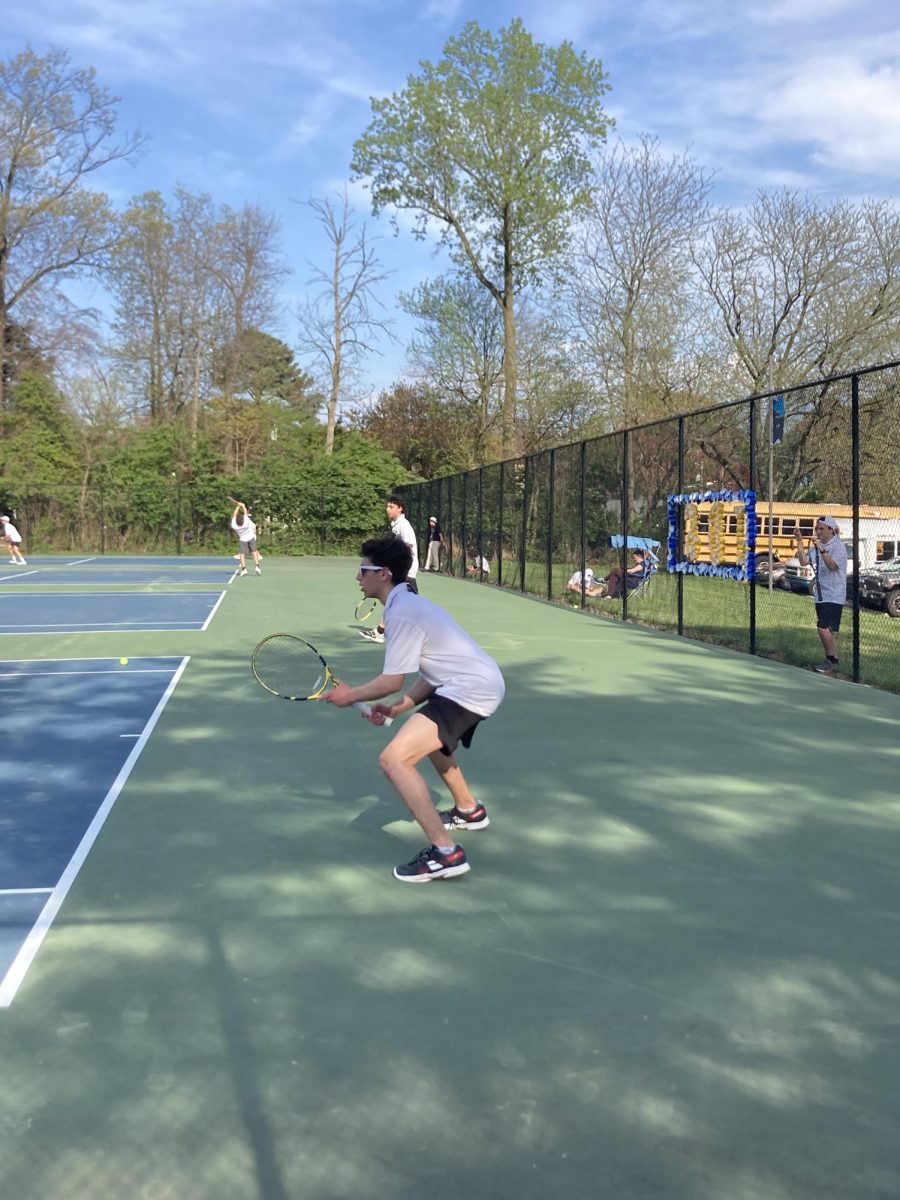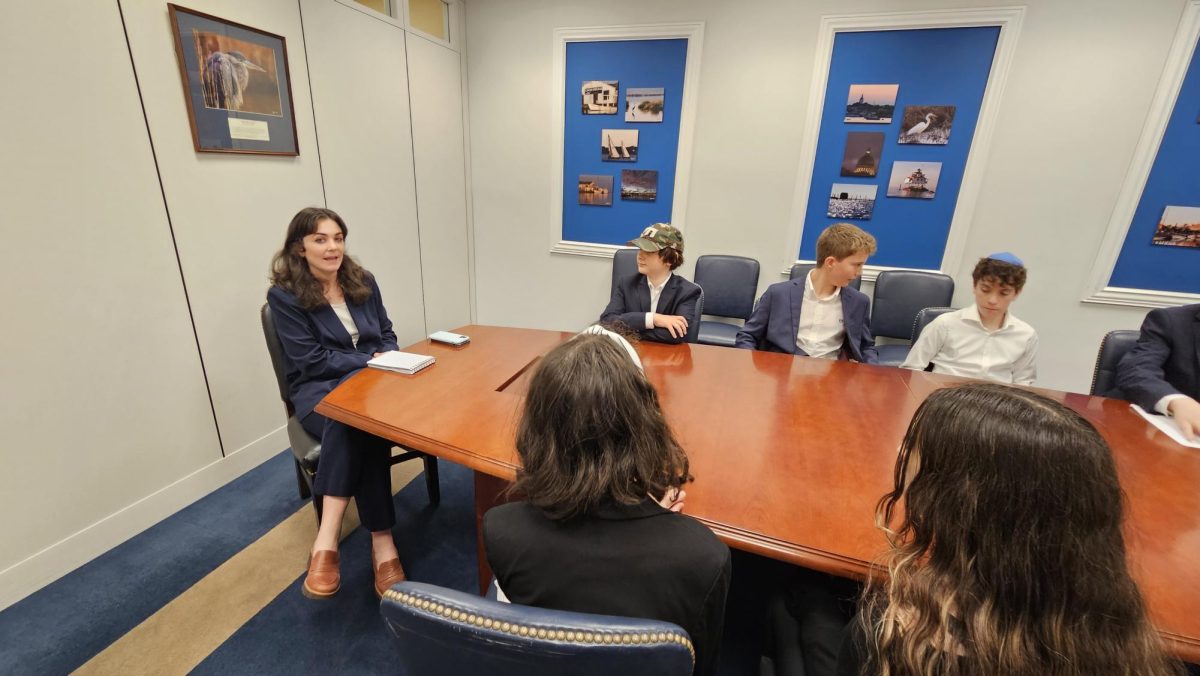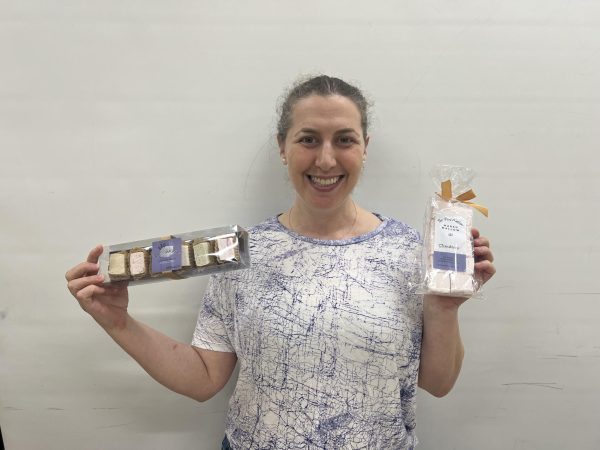Fortnite gains popularity among students
photo courtesy of Ari Rabinovitz
Fortnite has gained popularity among students at CESJDS.
December 5, 2018
The first time freshman Justin Roth won a game of Fortnite, he was ecstatic. Isolated from everybody else during the entire match, he was still figuring out the controls when suddenly, the words “Victory Royale” popped up on his screen. He relished his first ever win in this new and exciting game.
Fortnite is a cartoon shooting game that is popular among teenagers with the goal to outlast the encroaching storm while eliminating opponents for their weapons and supplies. It has become a sensation among gamers, racking up 40 million players each month.
Jeremy Steindecker, father of seventh-grader Matthew Steindecker and fifth-grader Leo Steindecker, dislikes the game because of its addictive qualities. He said his kids play a combined eight to ten hours of Fortnite a week and watch 45 minutes of Fortnite videos a day.
“I think it’s kind of addictive –– wanting to get better, wanting to finish in the top, wanting to win a game or finish in the top 10,” Steindecker said. “It kind of makes you want to come back for more so that you can do better the next time.”
His children started playing Fortnite last spring and have played almost daily since then. They were gamers before Fortnite, but not to the extent that they are now, according to Steindecker.
Some parents want to join in on the fun too and hire teachers so that they can play with their kids. However, Steindecker scoffed and dismissed the possibility of Fortnite tutoring for himself.
Fortnite has started to have an effect on students playing the game inside the school as well as at home.
Guidance counselor Rachel Soifer has heard of Fortnite and believes gaming to be a good stress-reliever when practiced in moderation, but thinks it becomes unhealthy after too much exposure.
“It’s a distraction from their [the students’] priorities and it can become a problem in and of itself if it’s hard to stop or if a student spends too much money doing it or if they lose sleep because they’re playing it,” Soifer said. “Or, if a student is avoiding other things that are uncomfortable but healthy by playing the game.”
Soifer also expressed some concern that teens can become desensitized to violence through violent shooting games.
“I think for the majority of kids it’s probably fine and I also think that there is a cohort … who might get very caught up in that fantasy world and start seeing some of this game playing as options for things to do in real life,” Soifer said.
Roth has been playing the game since the day after it was released and believes it to be child-friendly. He thinks that the game might even owe its popularity to the cartoon characters and violence.
“I think Fortnite is popular because it is a free-to-play game that has widespread social interaction,” Roth said. “There’s an aspect to the game that really convinces you to want to win, so if you don’t win you just keep trying again, and then when you’re not winning, you just keep trying.”
A regular Fortnite gamer plays six to ten hours a week on average and spends $84 on cosmetics, such as unique skins for their characters or tools, according to Fortune Magazine. Steindecker said that his family as a whole has not decided on how much gaming or spending is healthy for his kids.
“I think we’re going through what a lot of other parents are going through, trying to figure out how much to let them play…,” Steindecker said. “I think it’s an ongoing struggle, an ongoing decision we have to make.”


















